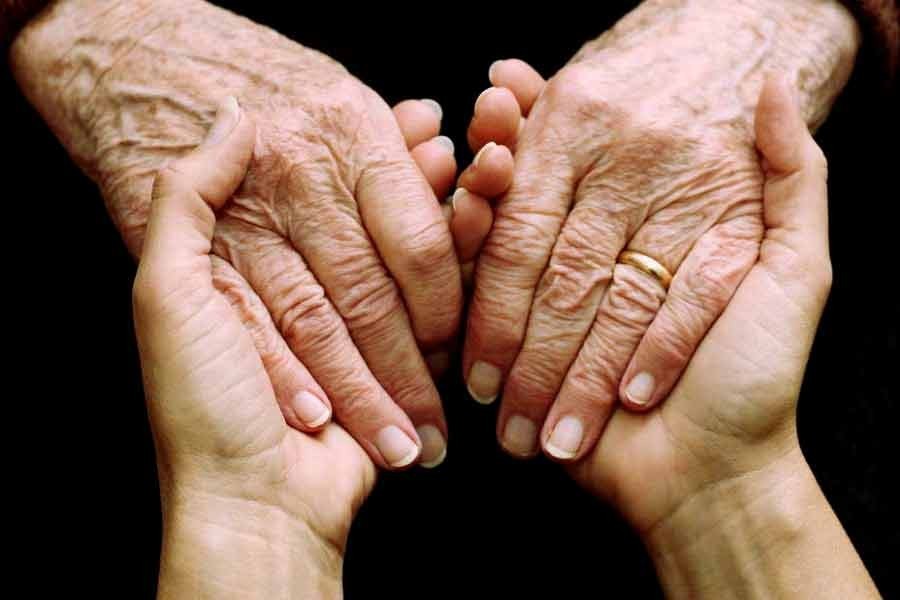The inauguration of the country's first geriatric day-care centre at the BIRDEM (Bangladesh Institute of Diabetes, Endocrine and metabolic Disorders) could not come at a more appropriate time. Developed countries, Japan in particular, have long witnessed the increase in the number of elderly population. Bangladesh, right now, may have the majority population in the 15-45 age group but it is a clear indication that this group will become old within a few years when they are likely to be the majority population.
Actually, today's demographic division in favour of the majority working population gives the country an edge for reaping its dividends. If Bangladesh fails to do so, it will be because of wrong or improper planning with the population. Every society that has prospered has done so on the contribution of its most active and energetic segment of population. Even with its not so enviable education and training system, Bangladesh's second highest foreign exchange earner is remittance earned by its migrant workers. Had the workers been employed in high-end jobs abroad, the remittance would be many folds higher.
Whatever may be the case in the middle term, the inescapable fact is that the geriatric population will surpass the young generations in numbers at some point. Whether the former's contribution will increase soon or not, it is them who will be responsible for the shape and size of the economy in the future. The transition to a developing country in 2026 and to a developed one in 2041, as envisaged and if happen, will happen courtesy of their contribution.
So when they become old and infirm, they will need care. In Japan, one of the professions in high demand is just to spend time with the elderly. Not that all of the elderly seeking company are sick or need palliative care; they just feel bored and therefore need someone to talk to. A tech giant in Japan has even invented a robot that can give company to the elderly and follow certain essential instructions.
Children's day-care centre and the elderly day-care centre are bound to be different for understandable reasons. The main difference is in education and healthcare and risks facing them are of different nature. Although in certain cases, caregivers have to be equally attentive to the needs of both children and the senior citizens. Small and fragmented family units will be happy to avail of the opportunity because of the pressing need for the earning members to be away when the old infirm members running risks of a fall or not taking most essential medicine have to be left in someone's care.
Yet it is clear that not all families can afford to send their elderly to the geriatric centre and bring them back home on a daily basis. Leaving them in the day-care centre may be cheaper than hiring a caregiver. But not all families may have private transports to carry the elderly. In that case, if the hospital authority or a private transport agency such as the ones that carry students to a number of schools and leave them at their doorsteps after schools takes the responsibility of the job, it may be a solution to the problem facing the elderly needing care for long.
Understandably, the geriatric service will be expanded in scope and size. The elderly citizens deserve the service because they have spent their most active period of life in the service of the country. All the youths of today will turn old and infirm and who knows who will need such care in their advanced age? Even the most creative and resourceful people may need such care.
This day-care centre is a small step but a giant leap towards returning something to the senior citizens who have been and will be instrumental in making Bangladesh resourceful and prosperous. If the service can be extended up to the grass-roots level, the country will be caring and humane in the true sense of the term.


